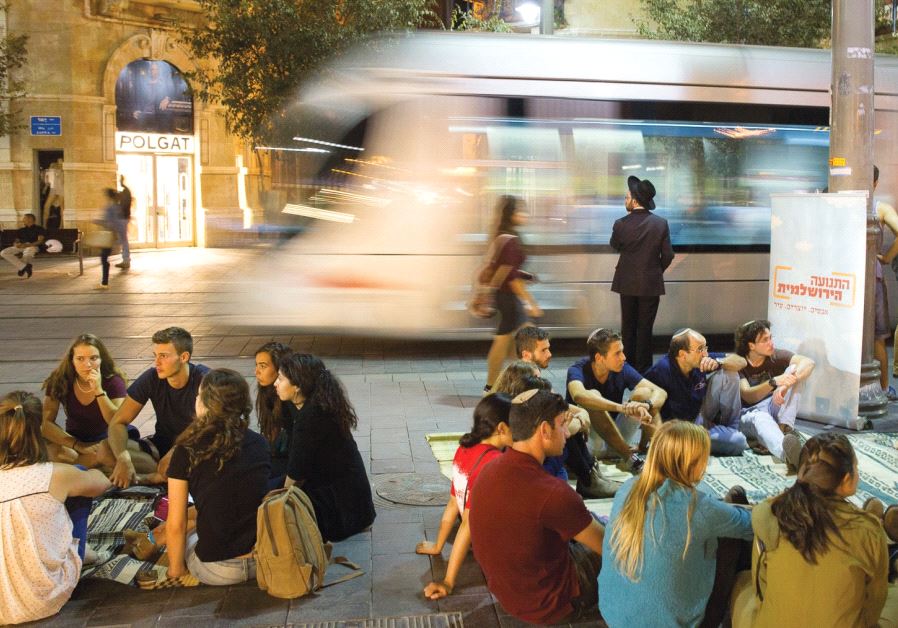Rebuilding Israeli pride from destruction
Jerusalem’s second annual Shira Banki memorial will be held on Tisha Be’av
 Dialogue circles on a Thursday night at the Meeting Place in Zion Square(photo credit: NOAM FEINER)ByARIEL DOMINIQUE HENDELMANUpdated:
Dialogue circles on a Thursday night at the Meeting Place in Zion Square(photo credit: NOAM FEINER)ByARIEL DOMINIQUE HENDELMANUpdated: